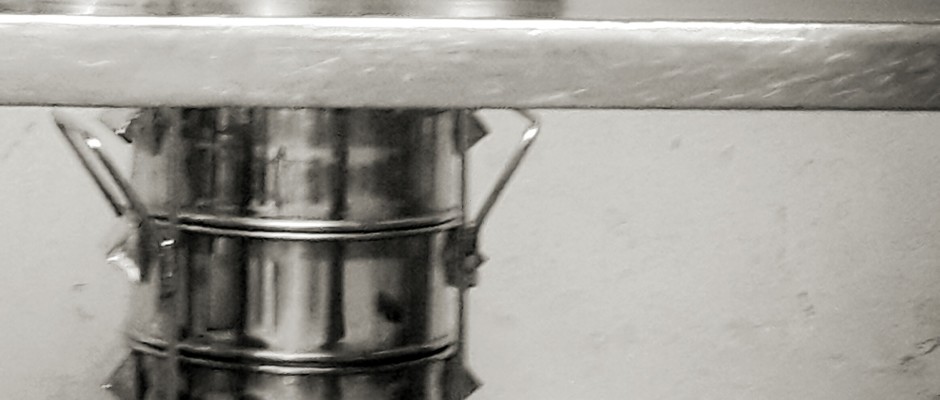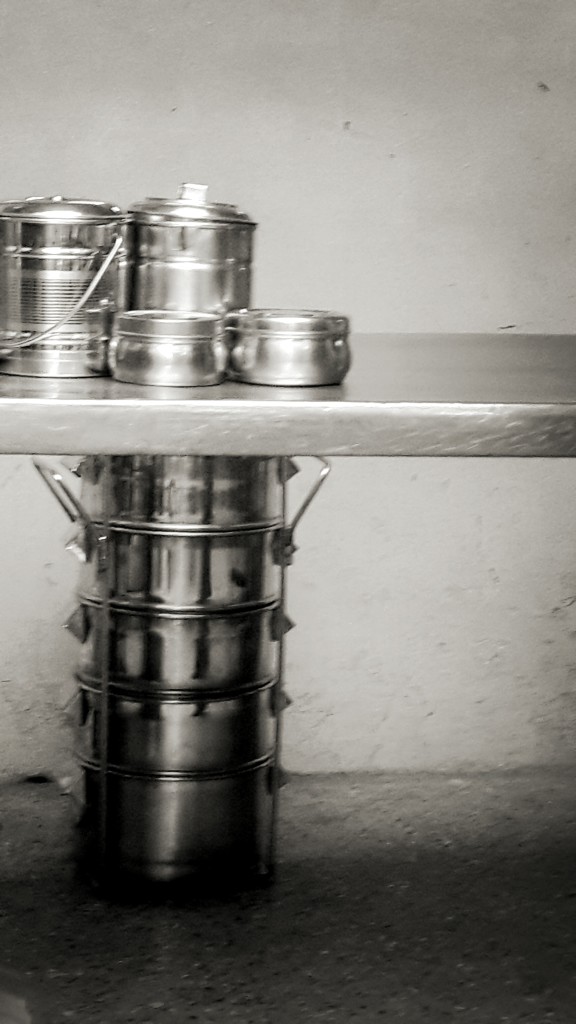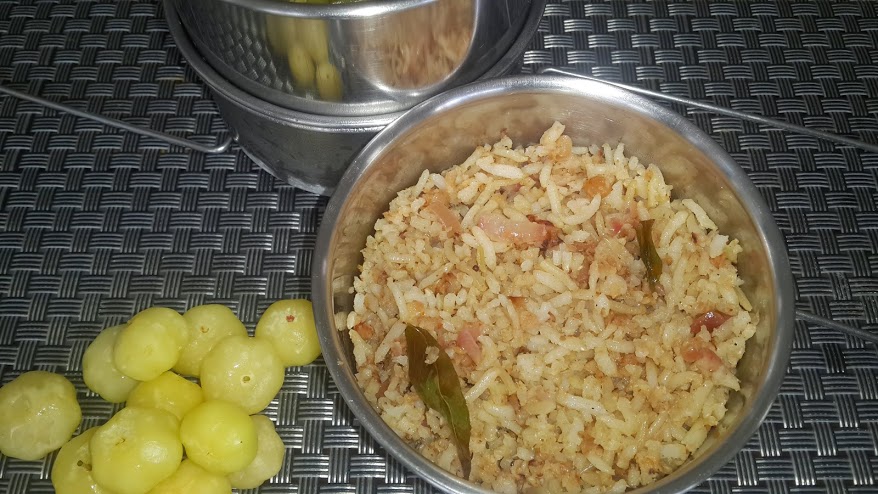The hindu Metroplus , The dabba from home
Now that the summer vacations have come to an end and the new school year has commenced ,it’s time for families to get back to following the regular school routine. One of things that’s uppermost on the mind is undoubtedly school lunches.
When we were growing up our school lunches were a reflection of the kind of food we ate at home.This was most often community centric. A puli saadham for example would be bartered for someone else’s aloo subzi and on ‘lucky’ days one got to partake of some pongal , payasam or any other equally favoured treat. Most often the tiffin boxes consisted of basic Indian meals.
For some reason that trend today is changing to such an extent that schools are having to step up and provide nutrition as they see fit. Circulars,e-mails and notices are issued year after year urging parents to send simple ,wholesome meals in the right quantities.Some schools have even gone so far as to suggest a weekly meal schedule to make menu planning less of a chore for parents.
Why does it have to be this hard to get children to eat simple foods ? Not long ago my father-in-law shared with us one of his earliest childhood memories. Apparently one day he refused his every day idli breakfast and wanted something else. He wasn’t berated for being difficult but the food that he had rejected was simply removed from the table and he was free to go about his day. He remembers feeling extreme hunger pangs much before the noon meal that suffice to say he was ready to eat just about anything that was served. He never complained thereafter when it came to food.
While it is important to get children to understand about food and instill a sense of adventure in trying out different cuisines, a little hunger from time to time never hurt anybody.In fact one wonders if most kids especially those living in an urban environment with an endless supply of food even know what hunger feels like.
To shower love on our young in this country most often means plying them with food. I remember well when so many around me thought I was a heartless mother because my children ate a breakfast alternating between ragi porridge , idli and nendhram porridge from the age of 1 until they were almost 3. Meal times were kept simple.Lunch consisted of simple poriyal, keerai , paruppu and curd which continues to this day,similar to the diet my husband and I were brought up on. So when people wonder how we get our own to eat vazhaithandu or bitter gourd or sundakkai ,I’m not sure what the fuss is about.
On the other hand they do love their sushi rolls and thin crust pizzas but it’s very clear that those are treats and will always remain so.It’s heartening to see my older teen refuse a meal out because she already made plans to dine out with friends the following day. A balance is of utmost importance and it can only be achieved by following a daily diet of the culture that you’re born into. It’s been proven that the Indian DNA not only recognises local cuisine but also helps improve the body’s metabolic rate of digestion, absorption and assimilation.
My mom always quoted her elders saying that when babies and small children are given high calorific or rich foods it will lead to “mandham” (a slump in the digestive organs) and I’ve witnessed that so many times when parents complain about children not feeling hungry or being listless . When children are active and eat the right foods the body craves sustenance automatically by ‘feeling hungry’. Activity again does not only mean playing a sport ,just being outdoors or constantly moving about doing their own tasks itself keeps the physique well aligned.
Also tv shows that talk about healthy eating by grating a smidgen of carrot or chopping a bell pepper and then loading it on refined bread does not ,as they wrongly suggest, define healthy eating…not even remotely close.Yes colours are important to keep in mind while choosing different veggies but attention must also be paid to the country vegetables that are far superior in nutrition than those grown elsewhere . I’m saying please go ahead and make the bell pepper salad but also include the avarakkai , the kovakkai , the mullangi , the poosanikkai , the cheppankizhanghu and the countless other seasonal produce we have growing around us. By eating a handful of trail mix with blue berries ,almonds and cranberries we cannot hope to give the immune system a boost from safe guarding against the illnesses that are best tackled through a native diet.
Re-organise your food table,you might face some resistance initially but trust me your child will thank you in the years to come.
NOTE
Did you know ?
Tempering ingredients like mustard seeds, urad dhal and curry leaves are vital because they add small daily doses of protein, iron and fibre and must not be wasted.
Semi polished or un polished rice grains are highly nutritious to make flavoured rice dishes.
Dhals , lemon , pulses are easy to cook and provide replenishment of nutrients
Curd and buttermilk are essential pro-biotics which promote gut bacteria
Sauces and condiments are high in preservatives , refined sugar and salt and are best avoided during the week or even on a regular basis.
Childhood obesity is best tackled by offering fresh, seasonal and simple but tasty meals




No comments yet.